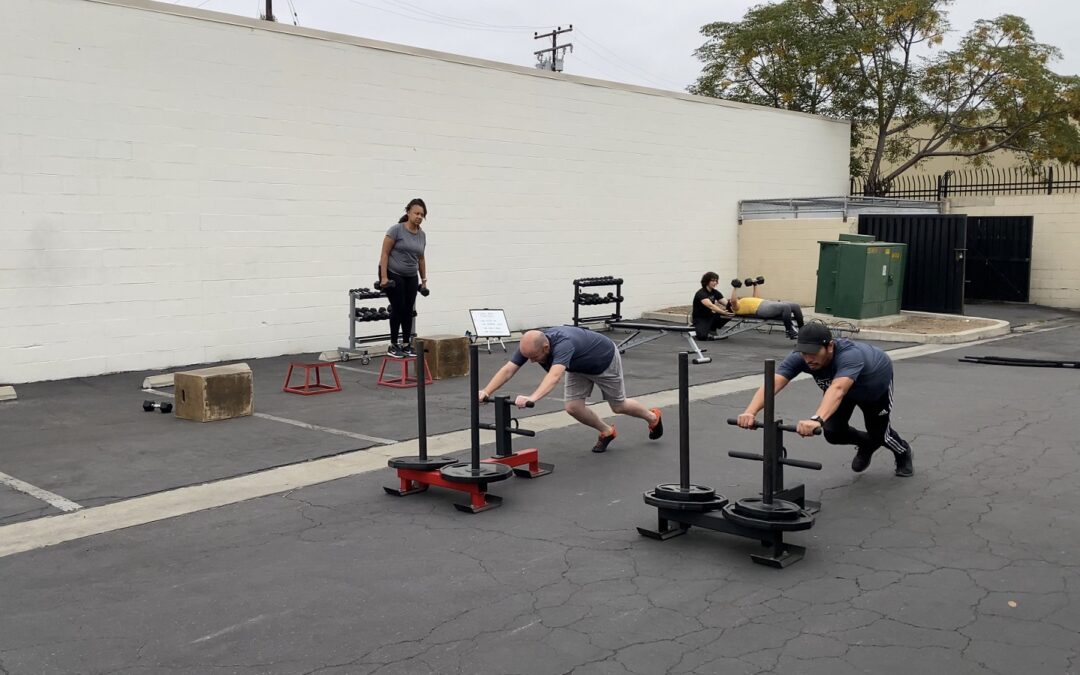
Why Warming Up and Cooling Down Is Important
Steps to avoid injury and improve results.

Before jumping into a workout, consider starting with a warm up and ending with a cool down.
Although these additional movements surrounding your workout seem repetitive and unnecessary, they are not pointless.
Warm Up
A warm up is intended to decrease your risk of injury and improve exercise performance by forcing blood into your muscles and stimulating your nervous system.
You can think about a warm up like getting to a cool pool.
If you jump in, the sudden difference in temperature will shock your body. This “trauma” increases your blood pressure, heart rate and breathing rate rapidly, and in a worst-case scenario the shock could trigger a heart attack. Simply put, our bodies don’t like abrupt changes.
A warm up is like slowly walking into the pool, stopping to adjust to the temperature change, so your body can gradually adapt and reduce the risk of being shocked. The warm up lets your body know that it will be put under stress and gives it a “warning” to adapt. As the body prepares, it reduces the risk of injury from the stressor.
“So as long as I warm up I will never get injured?”
No, injuries may still happen, but warming up significantly reduces the risk of injury.
The best warm ups raise your heart rate and engage the targeted muscles of the workout. The most effective way to target the right muscles is by mimicking the same movement patterns of the core exercises in your program.
For example, warming up with body weight squats before starting your Barbell Back Squat set is an ideal practice.
Cool Down
But what about after the workout?
After training you are sweating, your heart is pumping, and maybe you just hit a new PR on your deadlift! The last thing you want to do is walk out of the gym and sit in your car for 10-30 minutes driving home.
This is where a cool down is important.
A cool down helps with the recovery process by removing lactic acid build up and reducing DOMS, delayed onset muscle soreness. When you cool down, you recover faster. The faster you recover, the more you can train. The more you can train, the better results you get.
Cooling down can improve your training results.
A few cool down approaches coaches use are stretching techniques (which I will be explaining in next week’s newsletter), core exercises, isolations, and even light cardio movements.
All of these techniques can be helpful in cooling the body down.
So don’t skip your warm up and cool down…they are important.
Ready to create a sustainable lifestyle and
build the body you want?

David Minishian, MPH
Fitness and Nutrition Coach
David is the owner and coach at Sculpt Fitness in Long Beach, CA. The mission he has started at Sculpt is to educate, equip, and empower the local community to make the best decisions for their health. He has been coaching exercise and nutrition for over 10 years, helping clients create sustainable lifestyle to build the body they want. When he's not training, coaching or cooking, David is on an adventure with his wife and daughter or teeing up his next shot on a golf course.